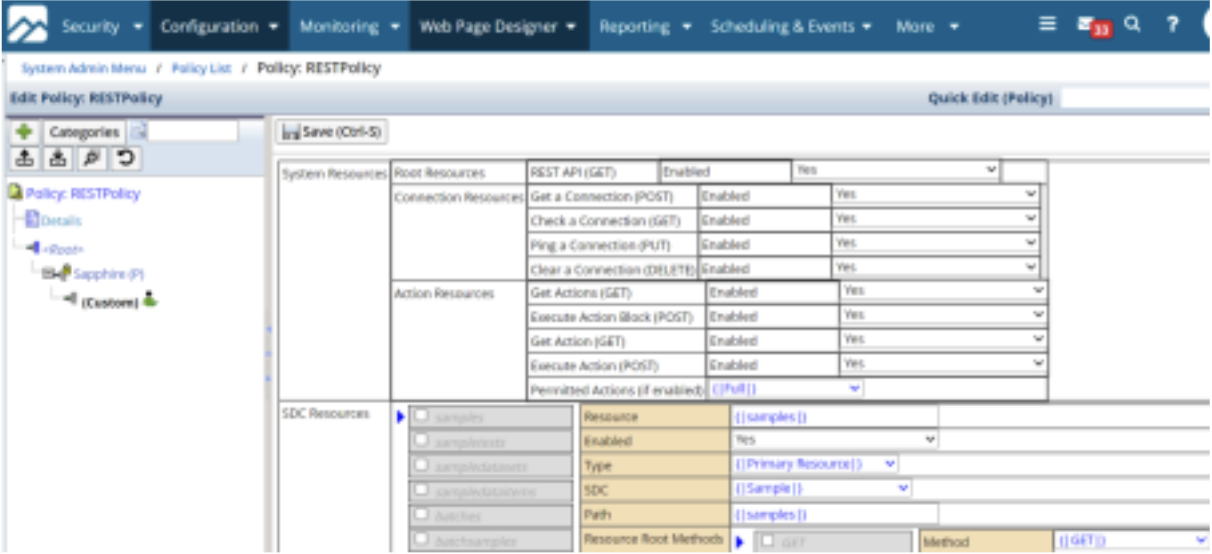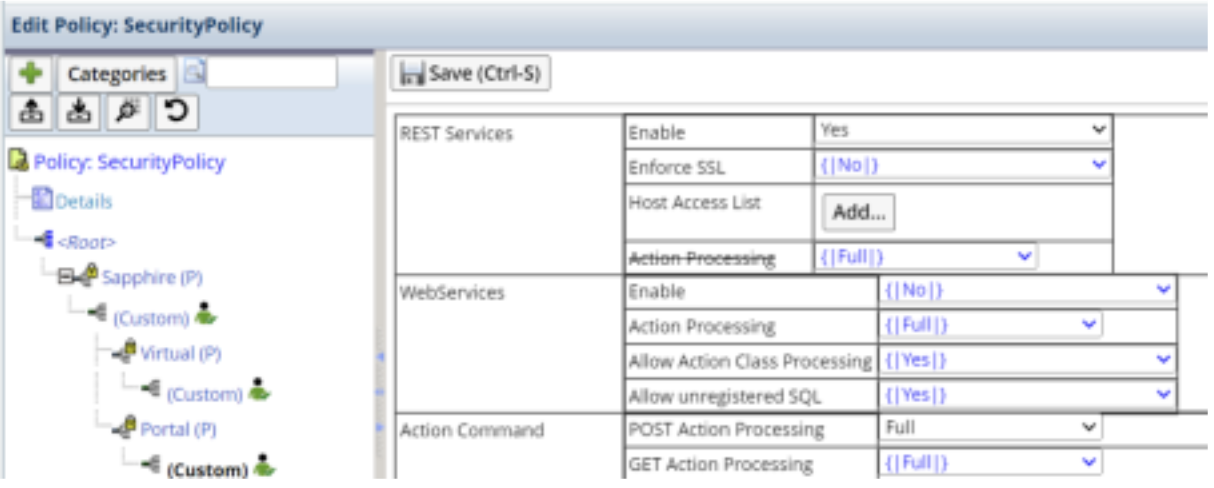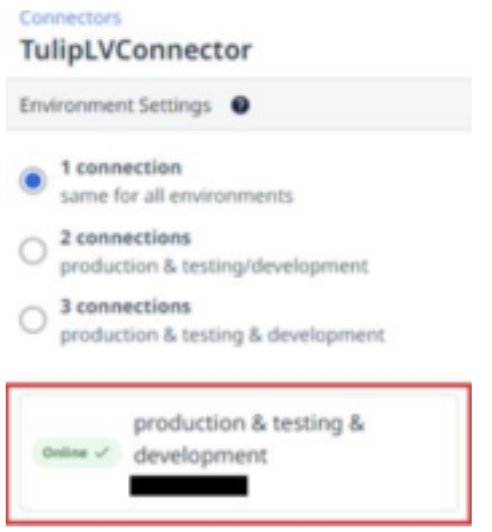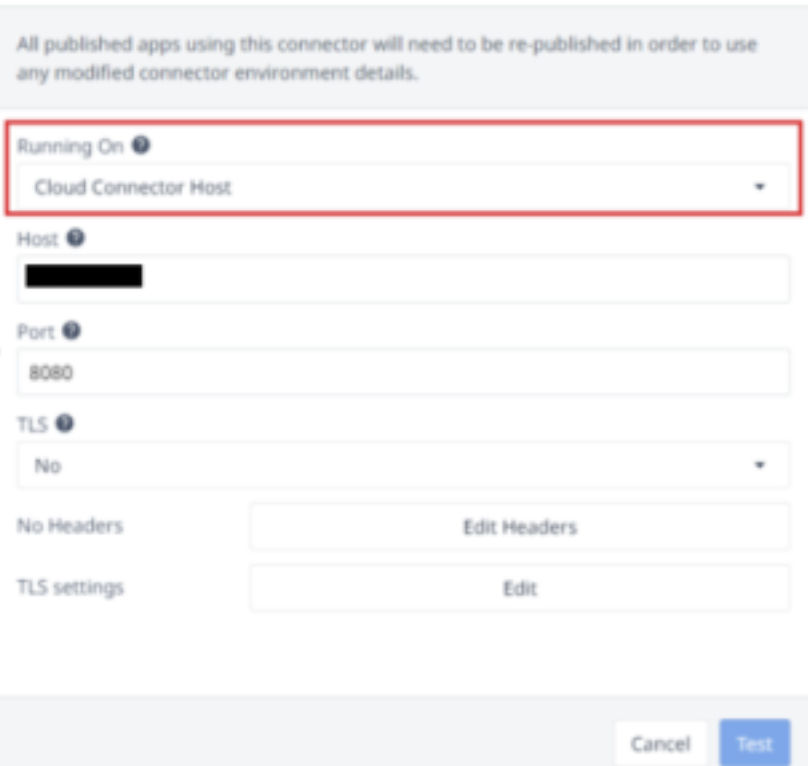Streamline LabVantage integration with Tulip's LabVantage offerings today
Overview
The LabVantage Connector provides streamlined communication between Tulip and LabVantage LIMS (Laboratory Information Management System). During a digitized manufacturing process the exchange of sample-related information is vital. Designed for rapid deployments at one site or across multiple locations, this connector serves as a base for a scalable solution to meaningfully integrate the manufacturing and QC (Quality Control) activities.
**Table of contents
- Introduction
- Use Case
- Network Considerations
- LabVantage Configuration
- Tulip Configuration
- Connector Functions**
Introduction
LabVantage LIMS is an industry-leading Laboratory Information Management System that is used extensively throughout the manufacturing world for test sample management.
The manufacturing process usually implies taking samples from the product and analyzing it by the Quality Control lab and subsequently notifying the production operations regarding the test outcome to release/rework/scrap the sampled WIP product.
Having immediate access to test results within manufacturing operations is crucial for ensuring the prompt release of work-in-progress products and maintaining a seamless and uninterrupted production process.
In the present document we will walk you through a generally applicable yet simplified process of handling and synchronizing test sample related data between a manufacturing system (Tulip) and LIMS.
In case you need assistance in realizing more complex interfacing scenarios please feel free to contact us.
Use Case
Connecting Tulip with LabVantage using REST API offers several advantages and can address various customer use cases in manufacturing and laboratory management. Here's a customer use case highlighting the benefits of this integration:
Example Customer Use Case: Streamlining Quality Assurance Processes
### Background
A manufacturing company produces pharmaceutical products and needs to ensure stringent quality control measures throughout the production process. They use Tulip for managing production workflows and LabVantage for laboratory information management and quality assurance (QA) testing.
Challenges
• Manual Data Entry: Quality assurance test results from LabVantage need to be manually entered into Tulip to trigger production actions, leading to errors and delays.
• Data Silos: Lack of integration between Tulip and LabVantage results in data silos, making it difficult to access real-time information and coordinate between production and QA teams.
• Efficiency and Accuracy: There's a need to improve efficiency and accuracy in quality control processes, reducing the risk of product defects and ensuring compliance with regulatory standards.
Solution
• By connecting Tulip with LabVantage using REST API, the company can address these challenges and streamline quality assurance processes:
• Automated Data Exchange: Integration allows seamless exchange of data between Tulip and LabVantage, automating the transfer of quality test results from LabVantage to Tulip in real-time.
• Real-time Visibility: Production teams gain real-time visibility into quality test results directly within Tulip, enabling them to make informed decisions and take immediate action based on the latest QA data.
• Improved Efficiency: Automation of data transfer eliminates manual entry errors and reduces the time spent on administrative tasks, improving overall process efficiency.
• Enhanced Collaboration: Integration fosters collaboration between production and QA teams by breaking down data silos and enabling cross-functional visibility into manufacturing and testing processes. Faster response times to quality issues, leading to improved product quality and customer satisfaction.
• Quality Control Enforcement: Automated triggers in Tulip can be set up based on QA test results from LabVantage, ensuring that only products meeting quality standards proceed further in the production process.
• Regulatory Compliance: The integration ensures accurate documentation and traceability of quality test results, facilitating compliance with regulatory requirements and audits.
Network Considerations
In case LabVantage LIMS is hosted in the public cloud no specific networking setup is necessary.
In case LabVantage LIMS is hosted on-premises appropriate access has to be set up for the Tulip to communicate through the local host (e. g. firewall rules adjustment ->
“whitelisting” of Tulip’s IP) or respective Connector Host setup (Link: https://support.tulip.co/docs/introduction-to-tulip-connector-hosts)
LabVantage Configuration
By following these steps, you can set up a LabVantage REST API connector and integrate LabVantage data into your applications or workflows effectively.
RESTPolicy Configuration
Go to ‘RESTPolicy’ policy under ‘Configuration’ tramline and ‘Policies’ tramstop and make the below changes.

SecurityPolicy Configuration
Go to ‘SecurityPolicy’ policy under ‘Configuration’ tramline and ‘Policies’ tramstop and make the below changes.

Custom API action creation might be required for more complex use cases. In case you need support in realizing these please feel free to contact us.
Tulip Configuration
Click on the Connector configuration

Set the "Running on" field to “Cloud Connector Host” (depending on your connector host setup: https://support.tulip.co/docs/introduction-to-tulip-connector-hosts) choosing from the drop-down list

Set the Host to the IP of your LabVantage LIMS Set the Port to "8080" as indicated by LabVantage LIMS
Subsequently the connection should be tested and assured that it is functional.
Connector Functions
The present connector is using the REST API and its standard functions GET, PUT, POST and DELETE.
The following two LIMS related generic interactions have been implemented in this Connector as basic functions.
In real-life scenarios usually more complex interactions could be required that can be achieved extending the present connector and its functions. In case you need assistance in realizing the more complex scenarios please feel free to contact us.
Create Sample Function
In the common setup of LIMS being the master system for the management of test samples, when the production process reaches a sampling step defined by the Quality department, the manufacturing system requests the sample ID creation from LIMS. Subsequently LIMS creates a new sample ID and communicates it back to the manufacturing system where the sample taken from the Work-In-Progress product is labeled (manually or digitally) with the received sample ID.

View Sample Function
As per the usual process the sample having the ID generated by LIMS is physically transferred to the Quality Lab and tested according to the relevant scenarios. As soon as the quality testing is closed the status of the sample is updated in the LIMS application.
The continuation of the production process is usually depending on the outcome of the test, hence in our View Sample function the sample ID’s data is retrieved from LIMS and visualized in the manufacturing system.
